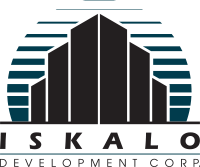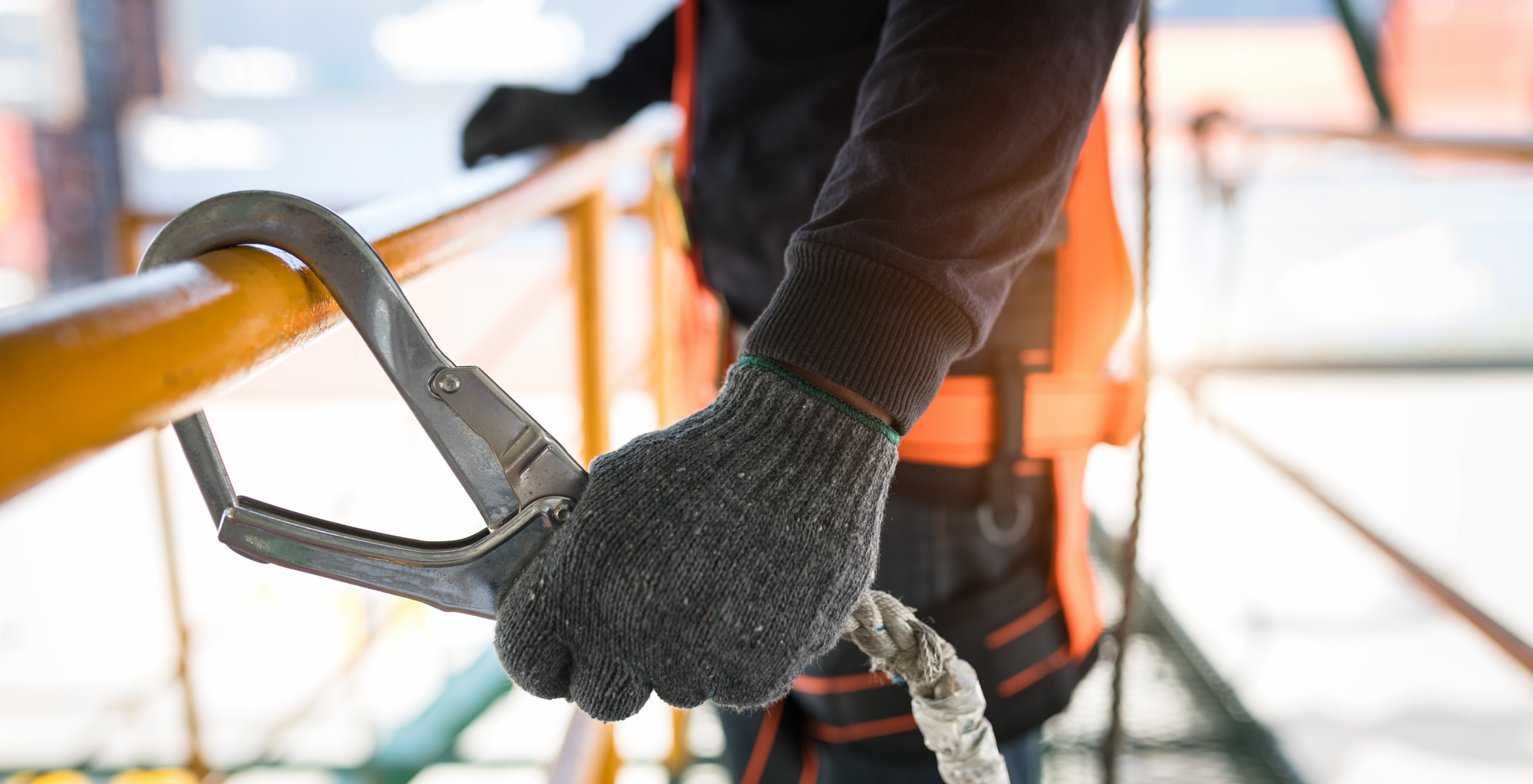Whether working in the cold of winter or the hot of summer, there are work site safety tips that must always be followed. Understanding and staying updated with construction site safety is incredibly important for the worker, their employer, and those around them. Being aware of your health and safety on construction sites, as well as others’, makes for a smoother, safer experience overall.
The following points are recommended construction site safety tips from the Occupational Safety and Health Administration (OSHA). OSHA’s goal is to create and maintain safe, healthy work environments for all. Scaffolding, communication, and protection are three important components in the organization’s goal to maintain health and safety on construction sites.
Communication
Active communication is critical in most aspects of life. When it comes to construction site safety, clear communication skills are especially important. OSHA recognizes communication to not only be crucial for work site safety, but specifically focuses on hazard communication.
Hazard communication goes beyond the clarity of communication to one’s ability to identify and understand the hazards in the workplace. Both employers and their staff should become very familiar with the Material Safety Data Sheets (MSDS) which discuss safety details as well as chemicals and hazards at their place of work. Having staff who speak clearly to one another while also being aware of hazard communication makes for a professional, safe team.
Protection
It’s obvious that safety protection is necessary when working on a construction site. However, construction site safety goes beyond hard hats. Head, eye, and face protection should be worn in most cases or at least taken into consideration depending on the site.
Being aware of the chemicals and materials in the vicinity is critical. Unseen hazards in construction sites can involve vapors, gasses, or loose particles and these materials are often invisible to the naked eye. If the work site has sanding, drilling, or welding taking place, these materials are more than likely in the air and appropriate protection needs to be worn.
Another important aspect of safety on a construction site is protection during falls. Work is often being done at dangerously high heights on construction sites. Before jumping into a new project, employers and their workers should know the different heights involved, whether or not a height permit is required, and if specific safety training is needed. On top of these precautions, incorporating appropriate guardrails and anchor points needs to be done before any work begins.
Scaffolding
Scaffolding is the makeshift structure construction workers utilize when working at high heights or in odd spaces. These platforms support the worker’s safety, but only when the platforms are up to code and the worker is following all relevant guidelines. The Bureau of Labor Statistics says that about 4,500 construction workers experience a scaffolding injury every year. OSHA also states that most of these injuries can be avoided if workers followed the appropriate scaffolding protocols and safety measures.
This isn’t to say most businesses and workers are unaware of scaffolding regulations when it comes to construction side safety. However, workers are human and sometimes, certain details are pushed aside. When it comes to hazards in construction sites—especially when scaffolding is involved—do not push anything aside. Work site safety precautions should never be taken lightly.

